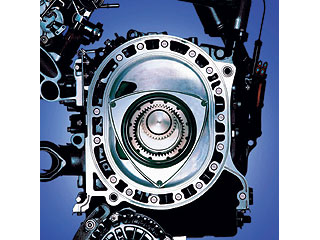So, I come from the v8 world. My previous vehicles are a v8 titan and a v8 jeep. I'm used to feathering the throttle to try to maximize fuel economy.
I'm wondering what physical modifications can be made to the vehicle to increase fuel economy?
-Air Filter (Picking up a K&N today at work)
-Amsoil Engine Oil (Fluke or does this really increase fuel economy?)
-Amsoil transmission fluid (same question as above)
-??
I'm not going to lower my car. I'm not going to spend $1000 on something that might get me a few more mpg.
I've been working on cars my whole life, I'm going to school for diesel mechanics, and I work at an auto parts store. I have a pretty good understanding of this kind of stuff. Just wondering what you guys who have been driving 4 bangers for years have discovered.
Also, Are the factory service manuals through toyota's technician website downloadable?
I'm wondering what physical modifications can be made to the vehicle to increase fuel economy?
-Air Filter (Picking up a K&N today at work)
-Amsoil Engine Oil (Fluke or does this really increase fuel economy?)
-Amsoil transmission fluid (same question as above)
-??
I'm not going to lower my car. I'm not going to spend $1000 on something that might get me a few more mpg.
I've been working on cars my whole life, I'm going to school for diesel mechanics, and I work at an auto parts store. I have a pretty good understanding of this kind of stuff. Just wondering what you guys who have been driving 4 bangers for years have discovered.
Also, Are the factory service manuals through toyota's technician website downloadable?

